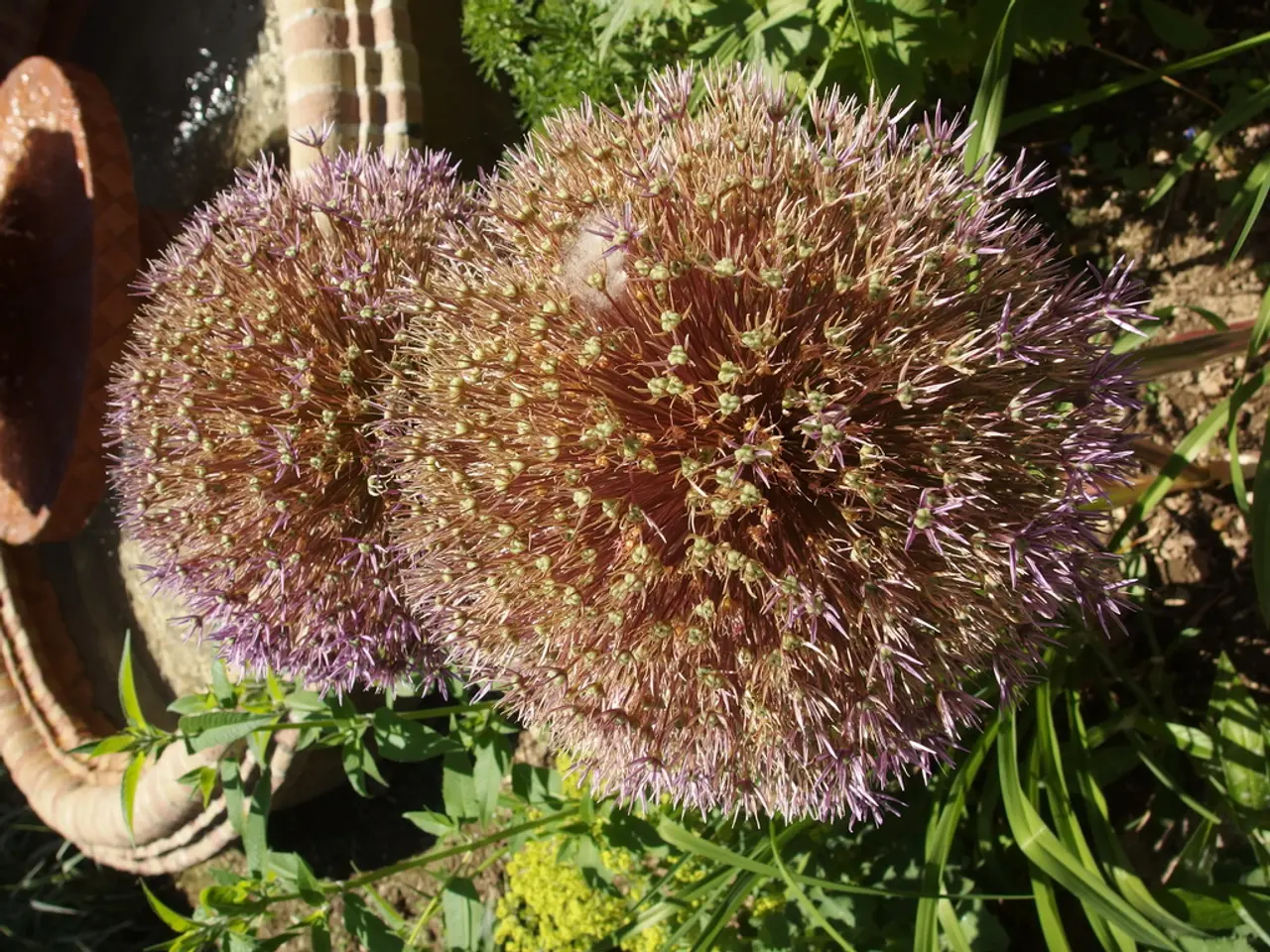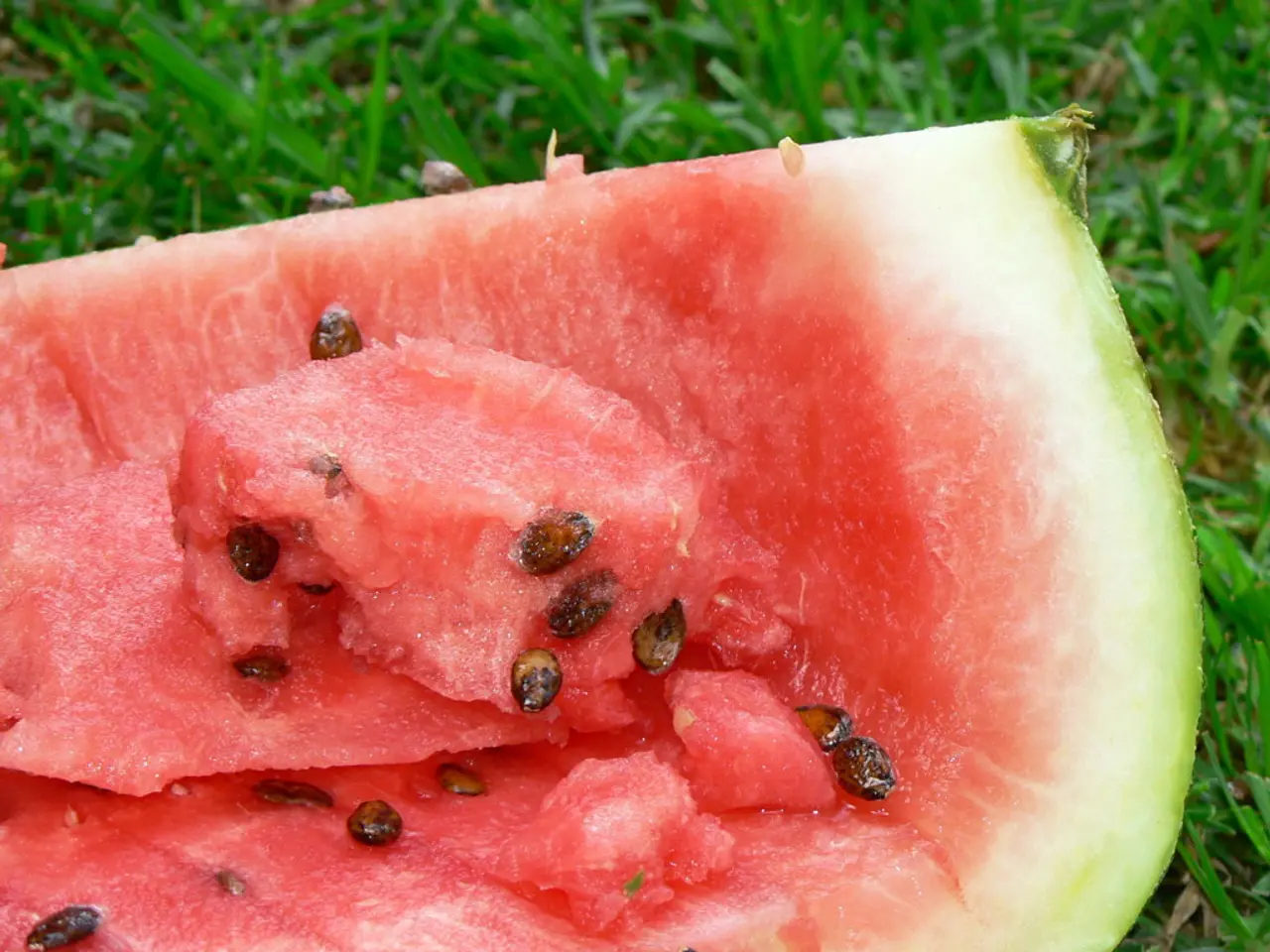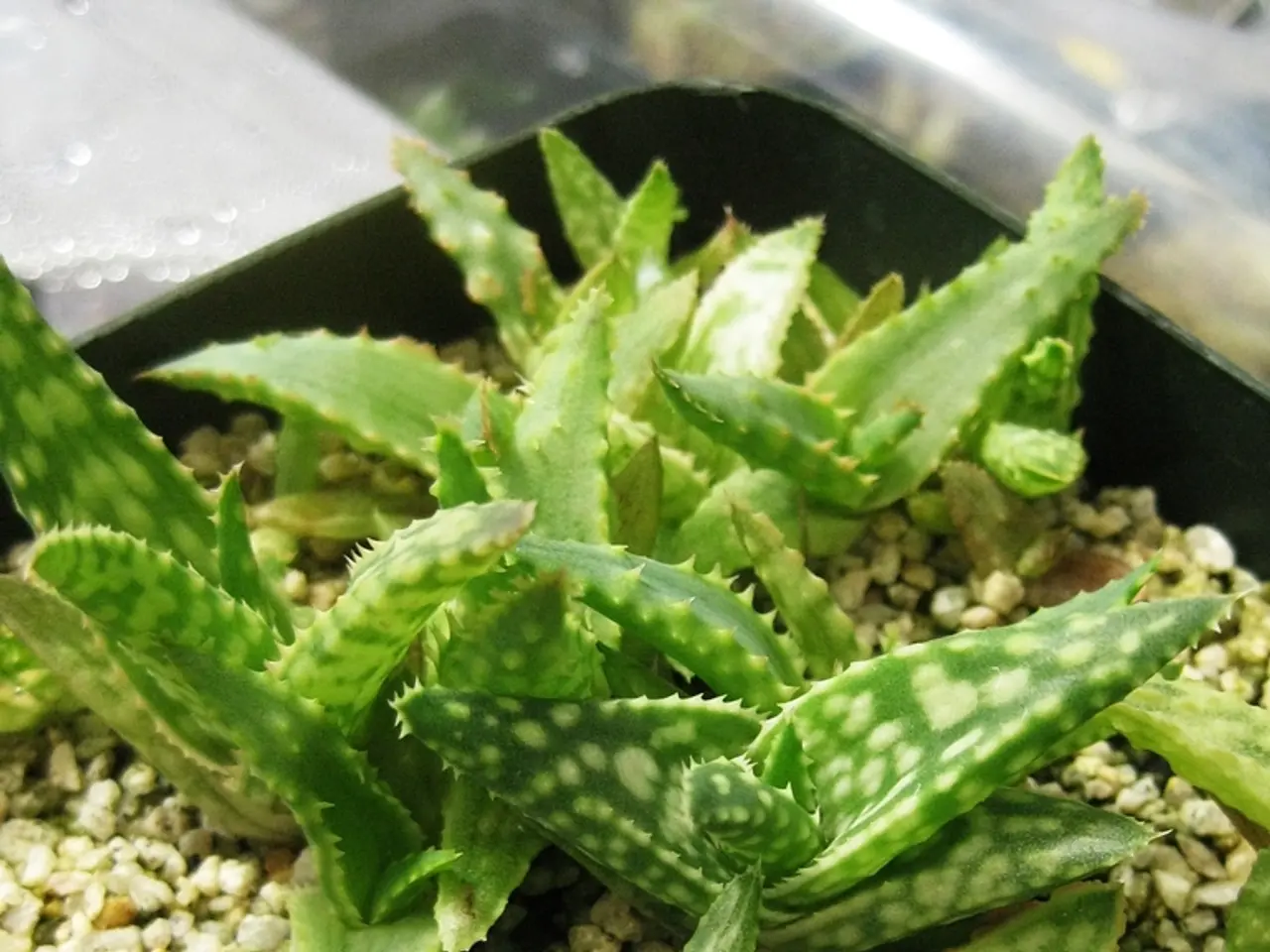Collecting Rainwater for Garden Irrigation
Harvesting Precious Rainwater for Your Garden
Say goodbye to dry plants and expensive water bills with this simple DIY guide
Embrace the power of nature and transform your garden into a lush oasis by harnessing the magical elixir that falls from the sky – rainwater! In dry climates, preserving every single drop of rainwater is crucial for thriving plants and wallet-friendly gardening. Here's a step-by-step guide on harnessing the rainwater mother nature bestows upon us.
Why harvest rainwater?
- Nature's gift: Rainwater is a pure and free resource, giving life to our gardens without the need for costly irrigation.
- Water quality: Unlike tap or well water, rainwater is rich in nutrients vital for plant growth and free of chemicals that can harm sensitive plants (source: Blue Barrel Systems).
- Cost-effective: Save money on your water bills by relying on this free and abundant H2O source.
- Conserve water: By collecting rainwater, you can significantly reduce your reliance on municipal water resources, helping safeguard the planet for future generations.
Choosing the right receptacle for your harvest
- Decide on a suitable container, choosing from barrels, totes, tanks, or ponds – depending on the size of your roof and water requirements (source: Harvest2Pot).
- Make sure your chosen container is durable, watertight, and UV-resistant to withstand the elements and last for years to come.
- Determine the size of the receptacle based on your roof size and the amount of rainfall you expect during the growing season. Remember, a bigger container allows for more storage and reduces the need for frequent maintenance.
The key to success: smart overflow management
- An overflow system ensures that your container doesn't overflow during heavy downpours and prevents water damage to your home and garden.
- Install a drain hose as an overflow to safely transport excess water away from your property, or use it to nourish thirsty plants.
- Place the overflow in a strategic location, far from your home and other buildings, to minimize the risk of flooding and erosion.
Dirt, algae, and bugs – keeping your harvest clean
- Use a lid or cover for your container to prevent debris like leaves and dirt from accumulating, as well as discouraging mosquitoes from breeding (source: The Spruce).
- Install a rain screen or filter at the spout to further ensure that your catchment system remains clean and free of contaminants.
- Inspect and clean your container regularly to maintain water quality and prevent algae growth.
Preparing for winter
- Empty your container before the first frost to prevent freeze damage and save yourself springtime cleanup.
- Divert the discharge of your downspout during winter to prevent water seeping back into the container when temperatures rise above freezing.
Utilizing your harvest for optimal garden growth
- Attach a spigot or hose to your container for easy watering, making it a breeze to care for your beloved plants.
- Elevate your container to increase water pressure, making it simpler and more efficient to fill watering cans or water your garden bed.
- Harness gravity-fed drip irrigation to deliver water directly to your plants' roots, promoting healthier growth and reducing water waste.
Self-watering garden
- Channel rainwater into a specific area of your garden where watering is needed, promoting water-wise landscape management.
- Create a simple self-watering system by connecting your container to a soaker hose and placing it in your vegetable patch or food forest.
Stay in the loop
Join our community by subscribing to our website or following us on Facebook, Instagram, Pinterest, or Twitter to stay updated on gardening tips, tricks, and inspiration.
Other Gardening Posts You Might Enjoy:
- How to Deal with Garden Weeds
- Rainwater Harvesting for Use in the Garden
- To Prune or Not to Prune Tomato Plants
- Growing a Hydroponic Tower Garden in a Cold Climate
- How to Support Tomato Plants
- Transplanting Tomato Plants into the Ground
- Hardening off Seedlings the Easy Way
- How to Transplant Seedlings into the Garden
- How to Soak or Sprout Seeds Before Planting
- Soil For Seedlings, Container Gardening, and Raised Beds
Share Pinterest WhatsApp Telegram Twitter LinkedIn Copy Link Messenger Reddit
- In the frosty climes, raised beds can be incorporated into your garden design to sustain plants during the harsh winter months.
- With the bounty of the harvest season upon us, consider storing excess produce in a cold climate-friendly geodome greenhouse to extend your garden's life.
- To boost your organic garden's productivity, opt for planting seeds in raised beds filled with nutrient-rich soil.
- When it comes to gardening essentials for cold climates, don't forget to invest in a quality greenhouse for year-round planting and basking in the green lifestyle.
- By building a raised bed system, you can have better control over the soil quality and effectively combat cold temperatures on the roots of your prized plants.
- To create an intriguing and self-sufficient home-and-garden setup, consider interconnecting raised beds, a greenhouse, and a water-smart drip irrigation system.








